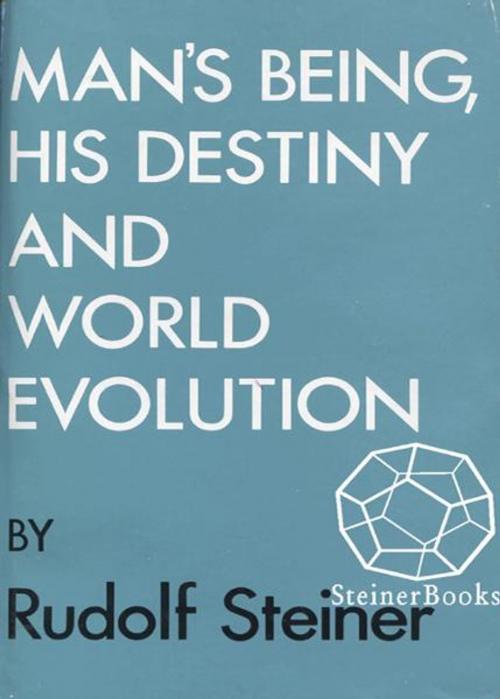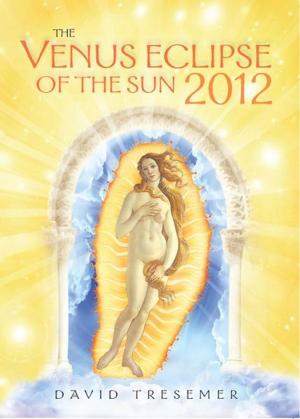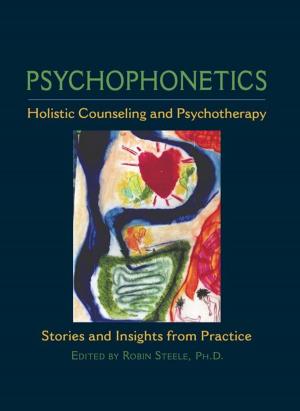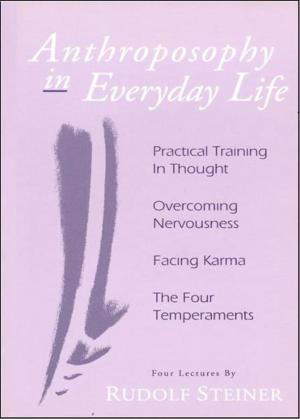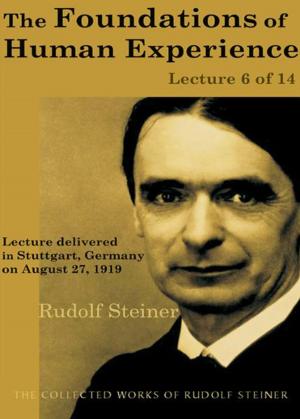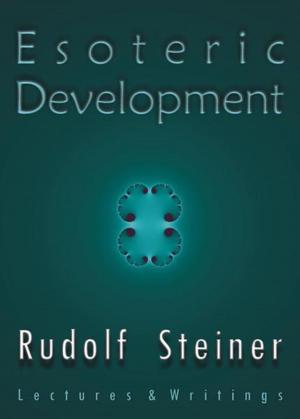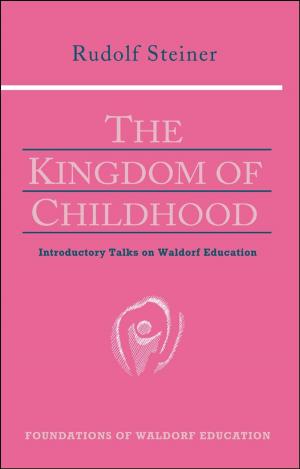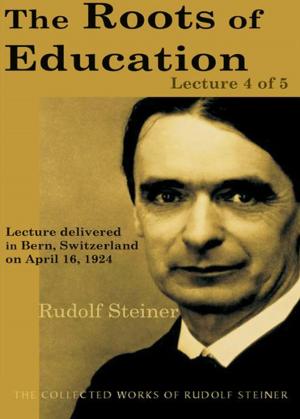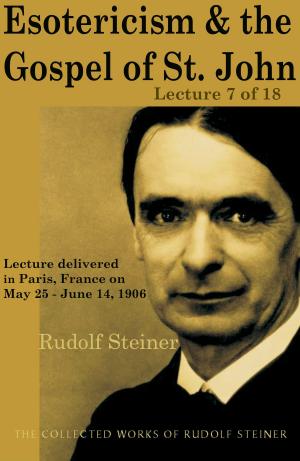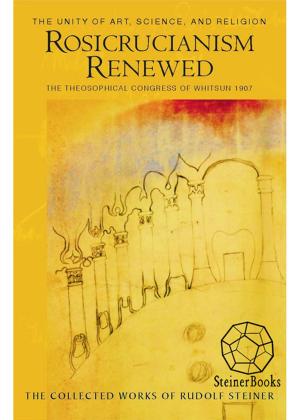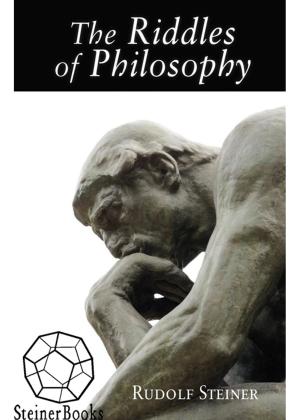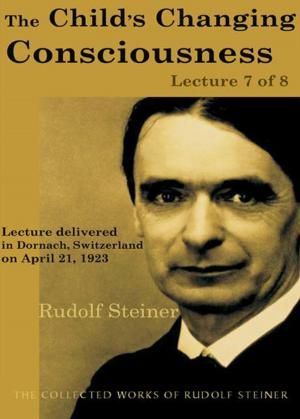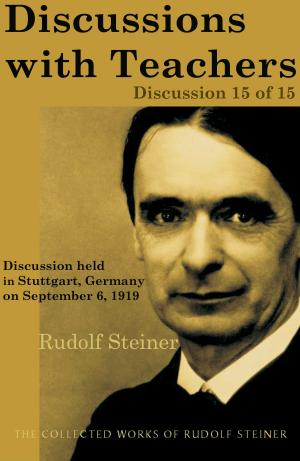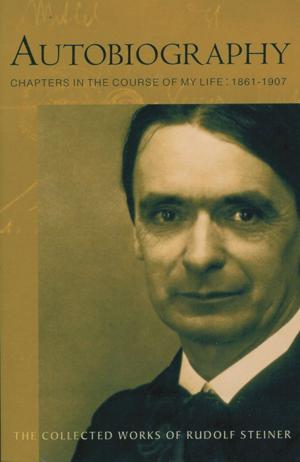| Author: | Rudolf Steiner | ISBN: | 9781621510376 |
| Publisher: | Steinerbooks | Publication: | January 1, 1966 |
| Imprint: | SteinerBooks, Collected Works | Language: | English |
| Author: | Rudolf Steiner |
| ISBN: | 9781621510376 |
| Publisher: | Steinerbooks |
| Publication: | January 1, 1966 |
| Imprint: | SteinerBooks, Collected Works |
| Language: | English |
The lecture presented here were given by Rudolf Steiner at a series of public meetings in Christiana, Norway, in May, 1923. He had gone there at the invitation of Scandinavian friends to take part in the founding of the Anthroposophical Society in Norway. Upon their request for a series of public lectures he chose to talk about the fundamental anthroposophical problems connected with the being of man, the formation of his destiny and the relationship of the complete man to world evolution. Dr. Steiner, who was then late in life, responded to the warm interest of his audience with the vigor of a young man. As the scandinavian sky and earth appear to blend into each other, so his inspiring worlds seemed to link his listeners with the eternal truths of man's origins, his present needs and future aims. In the very first of these lectures Dr. Steiner typically relates man's being to the vast spaces of the cosmos in a discussion of the period between falling asleep and awaking and the path pursued by man between death and a new birth. From this beginning he traces human destiny working in the individual to the continuing course of mankind's whole evolution. Finally, the destiny of man is contemplated in the light of the Mystery of Golgotha, and the influence of this event on man's development on earth is revealed. The cycle closes with the thought that for man to reach God anew he must, in full consciousn ess of his connections with the Mystery of Golgotha, bring himself to be able to say with St. Paul, "Not I, but the Christ in me!"
The lecture presented here were given by Rudolf Steiner at a series of public meetings in Christiana, Norway, in May, 1923. He had gone there at the invitation of Scandinavian friends to take part in the founding of the Anthroposophical Society in Norway. Upon their request for a series of public lectures he chose to talk about the fundamental anthroposophical problems connected with the being of man, the formation of his destiny and the relationship of the complete man to world evolution. Dr. Steiner, who was then late in life, responded to the warm interest of his audience with the vigor of a young man. As the scandinavian sky and earth appear to blend into each other, so his inspiring worlds seemed to link his listeners with the eternal truths of man's origins, his present needs and future aims. In the very first of these lectures Dr. Steiner typically relates man's being to the vast spaces of the cosmos in a discussion of the period between falling asleep and awaking and the path pursued by man between death and a new birth. From this beginning he traces human destiny working in the individual to the continuing course of mankind's whole evolution. Finally, the destiny of man is contemplated in the light of the Mystery of Golgotha, and the influence of this event on man's development on earth is revealed. The cycle closes with the thought that for man to reach God anew he must, in full consciousn ess of his connections with the Mystery of Golgotha, bring himself to be able to say with St. Paul, "Not I, but the Christ in me!"
